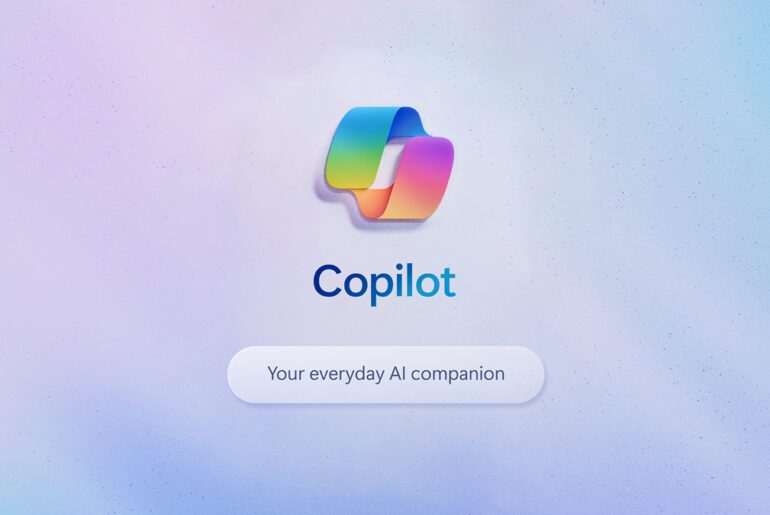Microsoft has publicly released UserLM-8b, a language model designed to simulate the behavior of a user (rather than an assistant) in conversational settings. The model was fine-tuned from Llama3-8b-Base and is intended primarily as a research tool to test and evaluate assistant models more realistically.
Traditional conversational models are built to act as assistants — responding to user queries, giving explanations, or performing tasks. In contrast, UserLM-8b has been trained to play the user role: it takes a high-level “task intent” as input and then generates realistic user utterances. It can produce an initial user message, follow-up user messages given the ongoing conversation context, or conclude the conversation with an end token.
The training set for UserLM-8b was drawn from WildChat-1M, a large collection of conversational data, filtered and processed for this purpose. In published evaluations, the model outperforms alternative methods in metrics such as perplexity (distributional alignment) and six intrinsic criteria for user simulation. In extrinsic experiments—where the model is used to drive assistant evaluation—UserLM-8b leads to more diverse conversation dynamics compared to prompting assistant models.
The model card emphasizes that UserLM-8b is a research release, not intended for production or general user assistance. Several risks and limitations are noted:
- Role drift and hallucination: The model may deviate from its intended user role or hallucinate constraints or requirements not specified in the task intent.
- English bias: All experiments and releases so far have centered on English; performance in other languages is untested.
- Inherited biases: The model inherits biases, errors, omissions, and idiosyncrasies from its base model and training data.
- Lack of security guardrails: The release does not include built-in protection against vulnerabilities like prompt injection or malicious use.
To counter some of these risks, the authors propose guardrails like filtering initial tokens, limiting repetition, and enforcing length bounds.
UserLM-8b is part of a growing trend in AI: using one model to test or drive another, sometimes referred to as “AI training/evaluating AI.” This raises questions about feedback loops and optimizing to the idiosyncrasies of the simulator rather than real users. Some have suggested that overfitting to a user simulator’s style might lead to assistant models that don’t generalize well.
There is also speculation about the stability and longevity of the release. It’s plausible that the release might later be pulled for safety or reproducibility reasons, which could affect reproducibility of experiments.
Early commentary from developer communities has been generally positive about the concept — that simulating users directly may streamline testing workflows — but cautious about overreliance on synthetic simulation.
UserLM-8b represents a novel direction in conversational model research: shifting part of the burden of simulation back onto a model trained specifically as the user. As more studies adopt or adapt it, researchers will observe how well it predicts authentic user behavior and whether assistant models overfit to its patterns. The model card itself positions UserLM-8b as a research tool, with explicit warnings about in-the-wild applications.










